A Guide to Greenhouse Plans
If you’ve got a green thumb, you’ve probably fantasized about having your own greenhouse at one point or another. There are numerous benefits to having your own greenhouse, especially one that’s on your own property and built the way you want.
Using greenhouse plans, you can build yourself the ideal winter getaway, a one-stop food and plant market and an environmentally friendly way of living. It may sound like an exaggeration, but having your own greenhouse within proximity of your primary dwelling can offer all that and more.
Characteristics of a Greenhouse
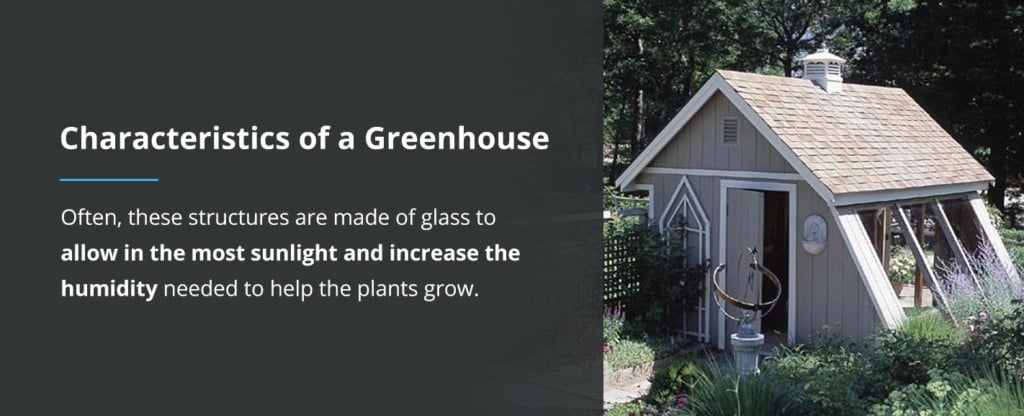
Even people who have no interest in gardening or horticulture know a greenhouse when they see one. Often, these structures are made of glass to allow in the most sunlight and increase the humidity needed to help the plants grow. But there’s more to greenhouses than just glass and plants.
Some people like to use their greenhouses to cultivate many different plants, including herbs, flowers and vegetables. Others just want a small space in which they can grow food year-round. Regardless of what you want out of your greenhouse, several characteristics are necessary for making the most of the structure.
Shelves and Benches
While greenhouses have various interiors depending on what you’re cultivating, benches and shelves are often a necessary but overlooked feature. A greenhouse is typically a work area, which means you likely have tools and other resources that need to be within reach. Shelves are great for this purpose since they can help you store and organize your tools, small equipment and other resources that are small enough to fit.
Shelves are often built into the walls of the greenhouse, which leaves the floor space free for your larger plants. They also leave floor space for benches and tables on which you can work easily and without any clutter.
Doors and Entrances
Getting in and out of your greenhouse is essential, of course, but you can enjoy some variety in the types of doors and entrances your greenhouse has. Depending on what you’re growing and the location of your greenhouse, you may need to factor in an entryway that’s big enough to fit a person who may be carrying equipment.
A standard doorway, which is big enough for a solitary person to pass through, may not be enough if your greenhouse doubles as a garden shed for storing large garden equipment, like mowers or wheelbarrows.
Greenhouse ideas for doors and entryways can include large, double doors or multiple entryways of varying sizes.
Skylights
Most greenhouses aren’t made completely of glass, which means skylights become a necessity. These skylights can be customized to be as big as needed and can double as a source of ventilation for your greenhouse. Without proper ventilation, you risk increasing the humidity inside the greenhouse too much, which is not good for your plants’ survival.
The skylights are also where your plants will get all the sunlight they need, especially if you’re not using polycarbonate greenhouse plans or any artificial lighting indoors. Make sure to install your skylights where they will allow the optimal amount of light to fall on your plants.
5 Benefits of Greenhouses

Having a greenhouse can be a boon to your property and even increase both its resale value and its curb appeal. Here are five more benefits of having a greenhouse on your property.
1. Year-Round Growing
If you live in a climate that makes cultivating plantlife impossible for much of the year, a greenhouse can solve that problem for you. You control the temperature inside your greenhouse, which means you control its climate. You can adjust it to encourage planting and growth throughout the year without worrying about seasonal temperature changes affecting your plants’ well-being.
2. More Growing Options
Plants are regional and sometimes you just need to have a certain flower that doesn’t grow in your area naturally. With your own greenhouse, you can grow a larger variety of greens, particularly those that thrive in tropical regions.
All it takes is a thorough understanding of what sort of climate is ideal for the foreign plants and adjusting your greenhouse temperatures accordingly.
3. Design and Aesthetic
When building your own greenhouse using prefabricated floor plans, you can take advantage of a range of architectural designs. If your primary residence is a stately Victorian house, you can use Victorian greenhouse plans to build a structure that will complement your main residence and improve your property’s overall curb appeal.
The size of the greenhouse is also customizable, allowing you to enjoy one as big or small as you need. And the structure can be a standalone building away from your home or it can be attached to your house, allowing added stability when needed.
4. Cost-Efficiency
A greenhouse allows you to grow your own food, like fruits and vegetables. Growing your own food means you don’t need to buy them from the grocery store regularly and you can control how you grow your food, so you can avoid using harmful pesticides. You can enjoy a supply of fresh fruits and vegetables that can be more consistent than a small vegetable patch in your garden.
This is an especially useful and cost-effective idea for those who have larger families since growing a chunk of your food yourself means the money you would have spent on produce can go towards something else. Depending on the size of your greenhouse, you can grow as many types of fruits and vegetables as you want — and, inevitably, help ensure that everyone in your household is getting the recommended amount.
5. Health and Well-Being
Scientists have done ample research and found that gardening can noticeably improve your physical and mental well-being. It’s known as a stress reliever and an excellent way to get regular physical activity as well.
Additionally, a greenhouse allows you to do year-round gardening, providing a way to combat seasonal depression as well.
People who hate the idea of working out at a gym or older adults who can no longer exercise at the same level they used to can exercise their entire body by gardening and cultivating plants. Everything from moving pots to walking around the greenhouse is a form of moderate exercise proven to improve mental and physical health.
Common Types of Greenhouses
The sprawling mansions with giant greenhouses that we see in media are just one type of greenhouse. In reality, greenhouses can take several shapes and sizes that range from freestanding buildings to sheds that can double as greenhouses. The architectural styles also vary and can include unique details to make them more complementary to the surrounding structures on your property.
Here are three common types of greenhouses you can build.
- Lean-to greenhouse: Lean-to greenhouses are ideal if you’re short on space since they attach to your main house. One wall is shared by both buildings, which also provides added sturdiness for regions prone to windy or stormy climates.
- A-frame greenhouse: As its name suggests, the A-frame greenhouse features a wide base and narrow peak. This simple foundation makes this one of the most cost-effective greenhouses since it requires fewer materials to construct.
- Gable-roofed greenhouse: Similar to the A-frame greenhouse, the gable-roofed greenhouse is probably what comes to mind when you think of a greenhouse. They’re designed to allow the most sunlight into the building and to offer as much space as needed inside. They’re also great for maneuvering in since the high walls and vaulted ceiling allow ample space for you and your plants.
Example Greenhouse Plans
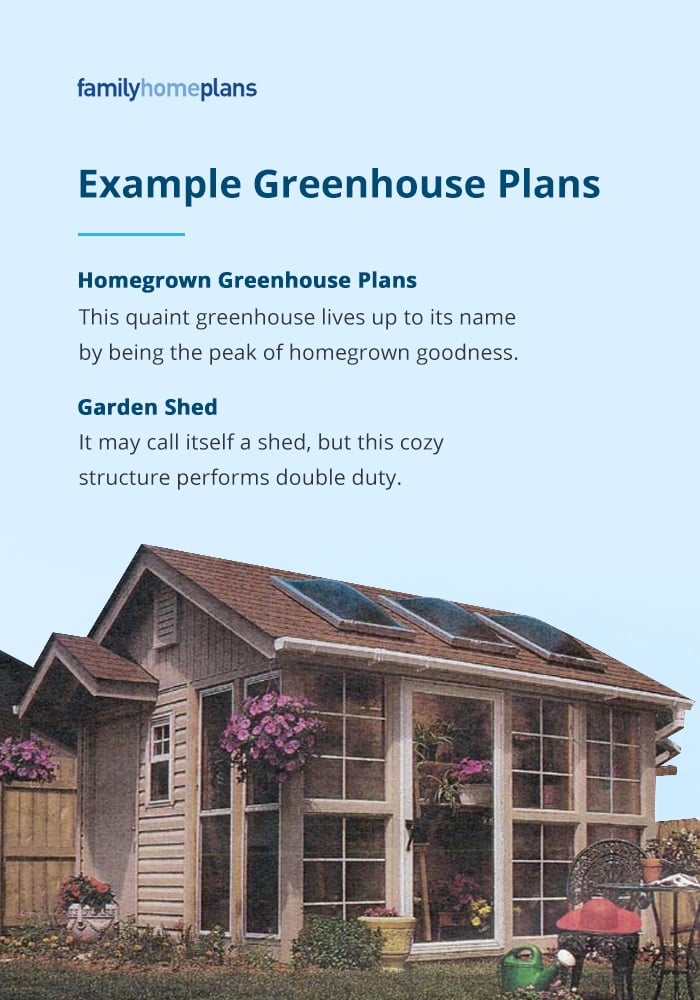
It’s one thing to imagine what prefabricated floor plans look like and another to actually see them. Here are two greenhouse plans that you can use to build your own greenhouse.
Homegrown Greenhouse Plans
This quaint greenhouse lives up to its name by being the peak of homegrown goodness. Featuring three sides of floor-to-ceiling windows as well as three skylight windows on the roof, this greenhouse invites sunlight throughout the day to ensure your plants get all they need.
An attached shed makes these large greenhouse plans ideal for properties with limited free space.
Measuring 10 feet by 11.5 feet, the spacious interior boasts ample shelving space, wide enough to store potted plants and still ensure they all get adequate sunlight.
Garden Shed
It may call itself a shed, but this cozy structure performs double duty. At 10 feet by 12 feet with a floor-to-peak heigh of 9 feet and 9 inches, this garden shed offers an asymmetrical gable roof to provide plenty of light on one side and ample standing room on the other with a 7-foot wall.
There is ample room inside for storing lawn equipment and gardening tools. Large skylight windows invite floods of sunlight, making it great for growing plants as well.
This shed/greenhouse combination is extremely easy to build and even comes with step-by-step instructions.
FAQ About Greenhouses
A greenhouse isn’t at the top of everyone’s list, so if you’ve recently discovered your green thumb or have decided to expand your horticulture hobby into a passion, you may have some questions about building a greenhouse on your property.
Here are the answers to some frequently asked questions about greenhouse plans.
Where Does a Greenhouse Stand?
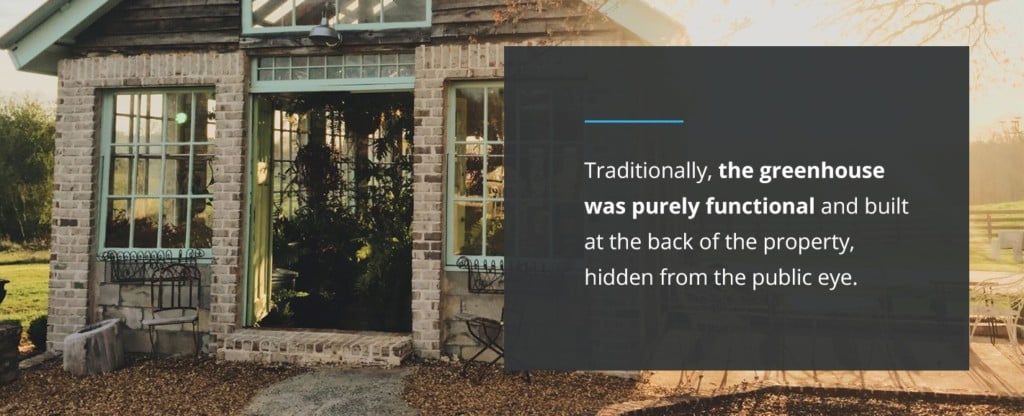
Traditionally, the greenhouse was purely functional and built at the back of the property, hidden from the public eye. Modern greenhouses are as functional as they are aesthetic, so there are few rules about where to build them on your own property.
Some people like to take advantage of the architectural design and built their greenhouse in the center of their yards, arranging the rest of the area to complement the greenhouse. Others use it primarily for its function and put it somewhere more out of the way. Essentially, you can build your greenhouse wherever you want.
How you orient your greenhouse is more important than where you put it. You want to build your greenhouse so it receives lots of sunlight regardless of the season. Having a greenhouse with the entrance facing the south is popular in northern climates. For those who live in very hot or tropical climates, having a greenhouse with an east-facing entrance is the best way to maintain reasonable temperatures within the greenhouse during the summer months.
How Does a Greenhouse Work?
The simple science behind the greenhouse is that it converts light energy into heat energy via the plants and objects within. When the sun’s rays beam into the greenhouse, the objects within — particularly the plants — absorb it and then convert it into heat. The plants also absorb the sunlight for their own nutrition, thus helping them to grow even in the coldest winters.
What Are Greenhouses Made Of?
A greenhouse’s foundation is one of its most important characteristics since it’s what will help it stand up against all sorts of weather, including winds and storms. Generally, aluminum and wood are the two most common materials used for building greenhouses. While wooden greenhouses provide a unique and enviable, rustic look that fits in anywhere, they are becoming less popular. The decrease in their popularity is likely directly related to the fact that wood is not as water-resistant as aluminum, and wood tends to be a lot heavier and more expensive.
Wood greenhouse plans often recommend using wood that is resistant to humidity and can withstand temperature differences.
Aluminum foundations are the most common and offer a host of benefits. The material is light but extremely durable, and they don’t require a lot of heavy maintenance. The fact that aluminum foundations are so light makes them especially great for those who don’t expect to remain in the same place for too long. The lightweight material makes it easy to move the greenhouse, so you never have to worry about leaving your work behind and start anew.
However, it’s important to make sure the aluminum foundation is anchored properly to ensure the greenhouse is sturdy and can withstand all weather. If it’s not anchored properly, an aluminum greenhouse can easily shift or even break under harsh weather.
Contact Family Home Plans for Your Building Needs
Family Home Plans aims to provide the best selection of floor plans for people looking to build their own homes, garages and greenhouses. Instead of hiring a house designer and paying for the floor plans — something that can take months to create and cost thousands of dollars — just browse through our large selection of plans to find the one best suited to your needs.
Whether it’s a bungalow, a carriage house or a greenhouse, we have dozens of floor plans to help you create your ideal home. Our plans are all customizable, so you can adjust them to your tastes. We’ll even help you modify them because we want you to be completely satisfied with your choice — after all, this is your home we’re talking about.
Browse through our greenhouse floor plans today and get started on your dream home now. Or, if you have questions or need more information, feel free to contact our customer service line toll-free: 1-800-482-0464. You can also get in touch with us via email by writing to [email protected].
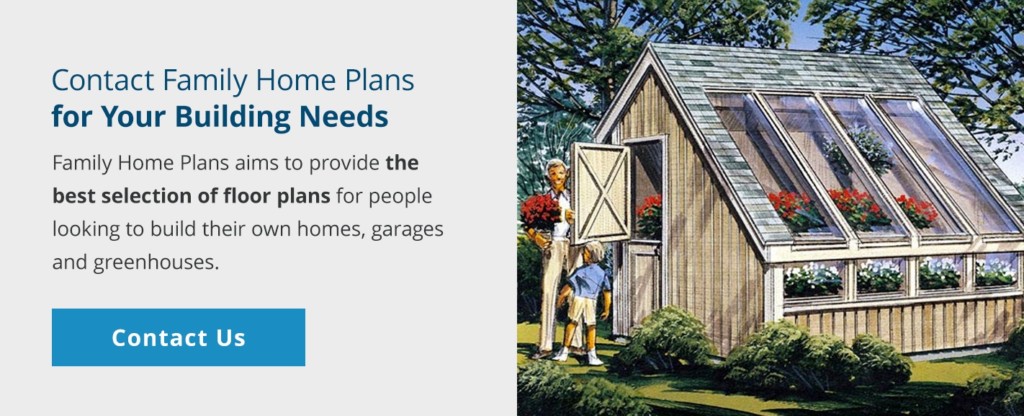

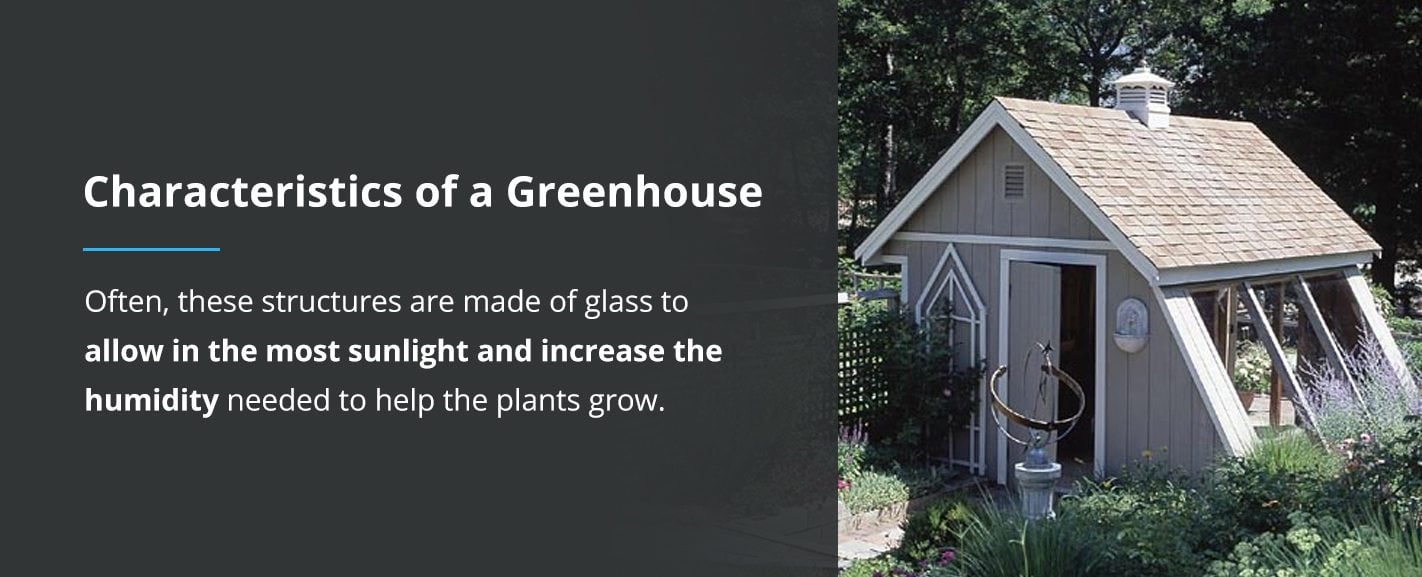
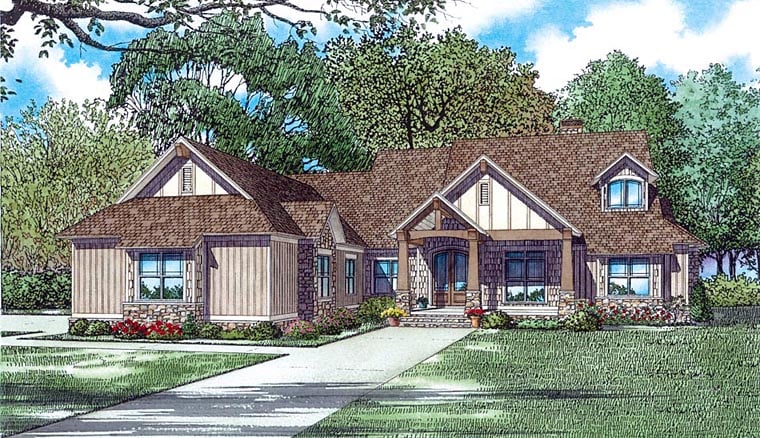
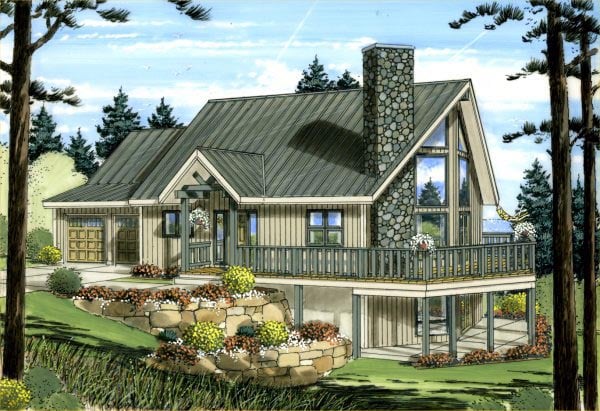
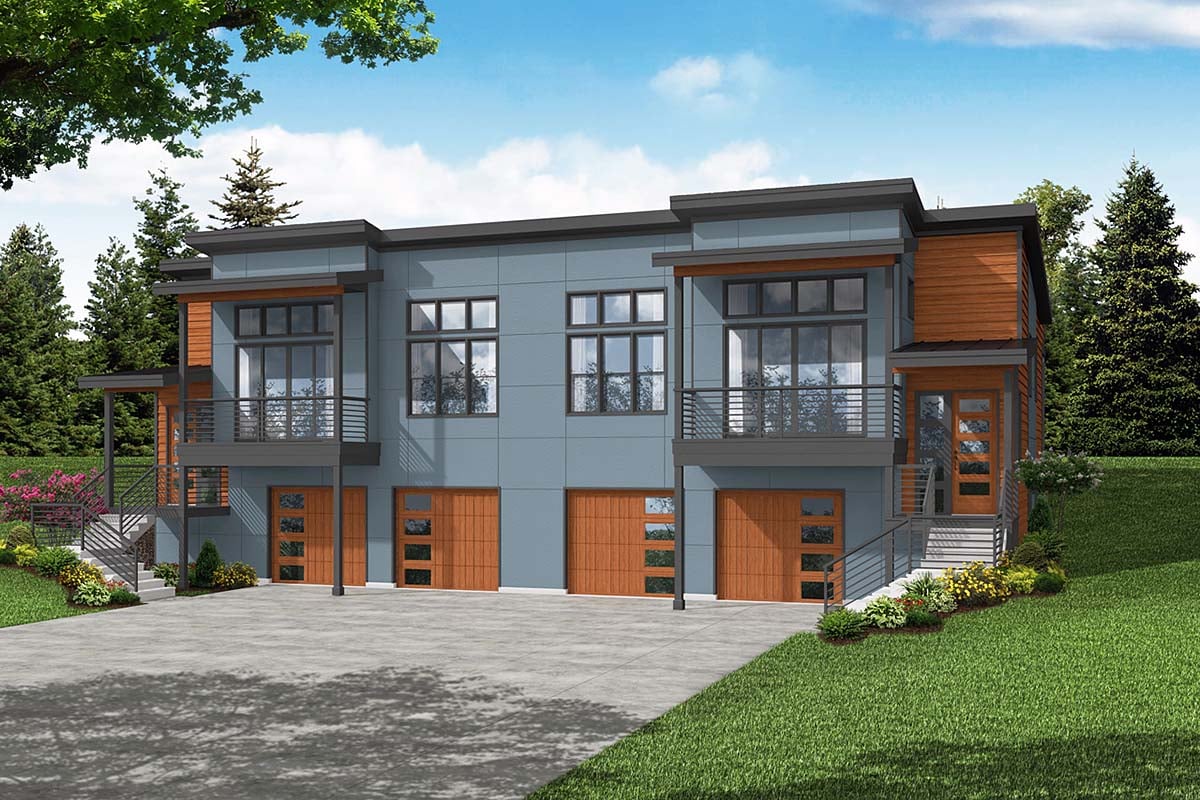
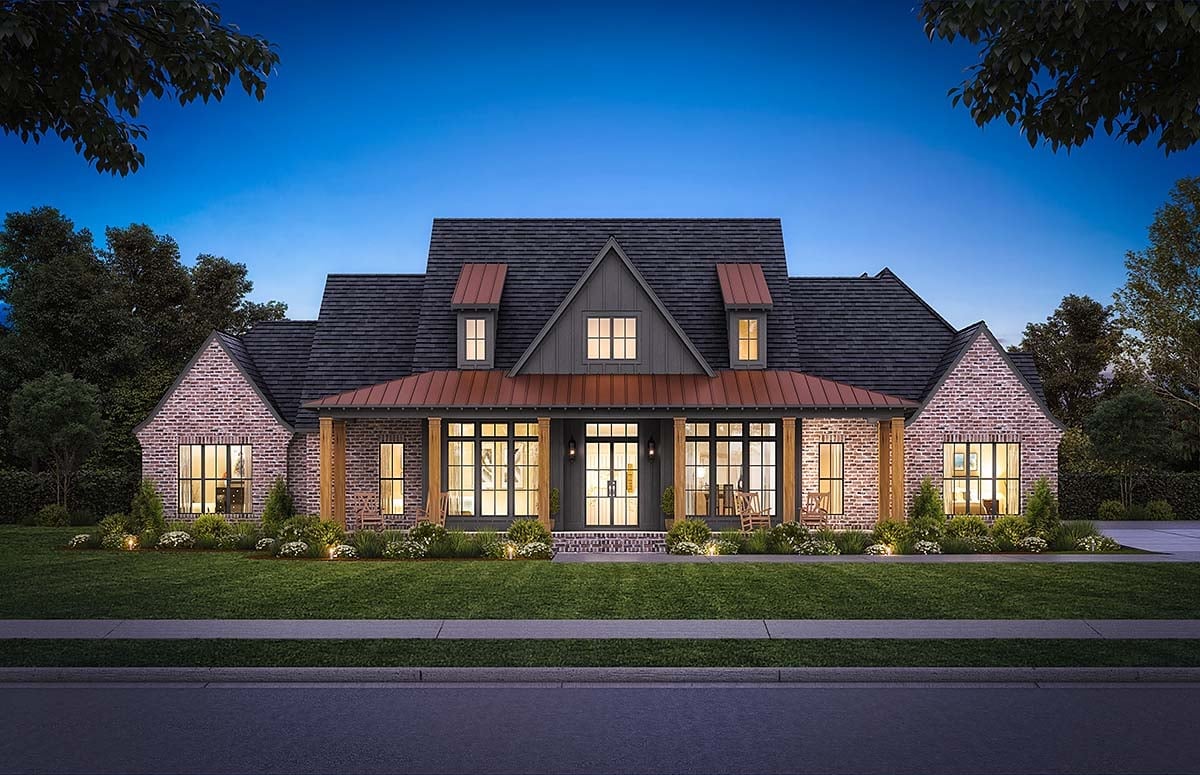
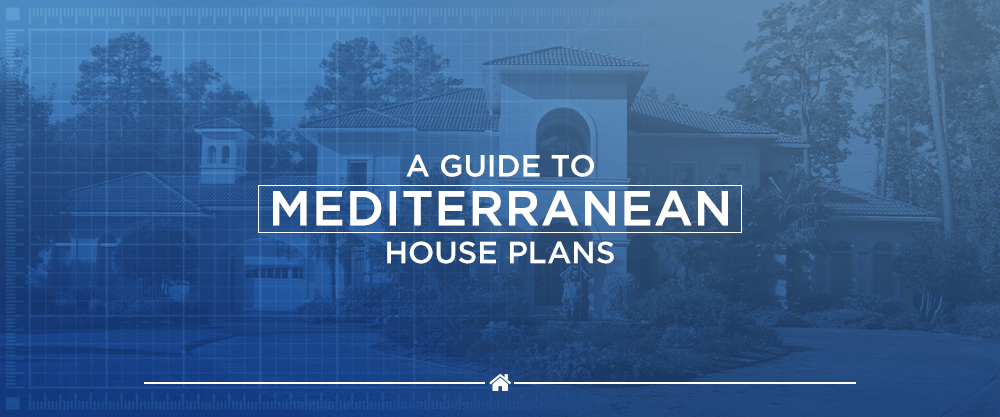


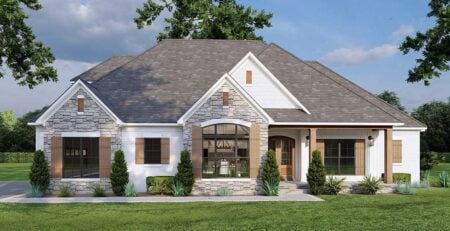
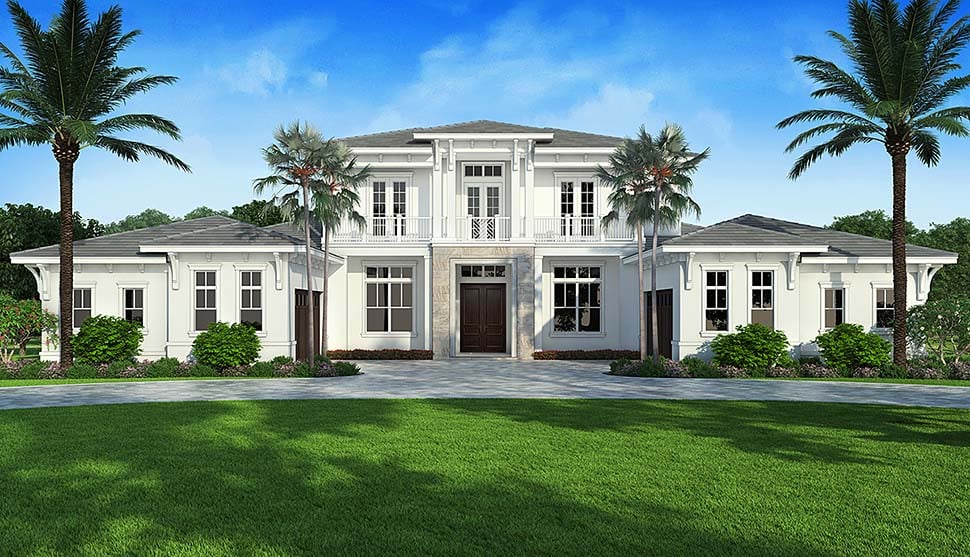
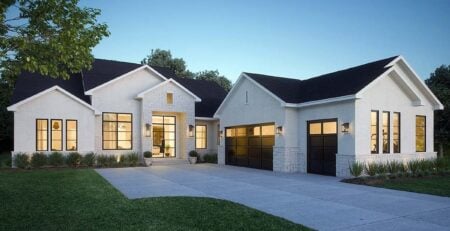

Comment (1)
This blog from Family Home Plans offers a comprehensive guide to greenhouse plans, making it a valuable resource for gardening enthusiasts and homeowners. It provides practical insights and considerations for creating a functional and sustainable greenhouse.